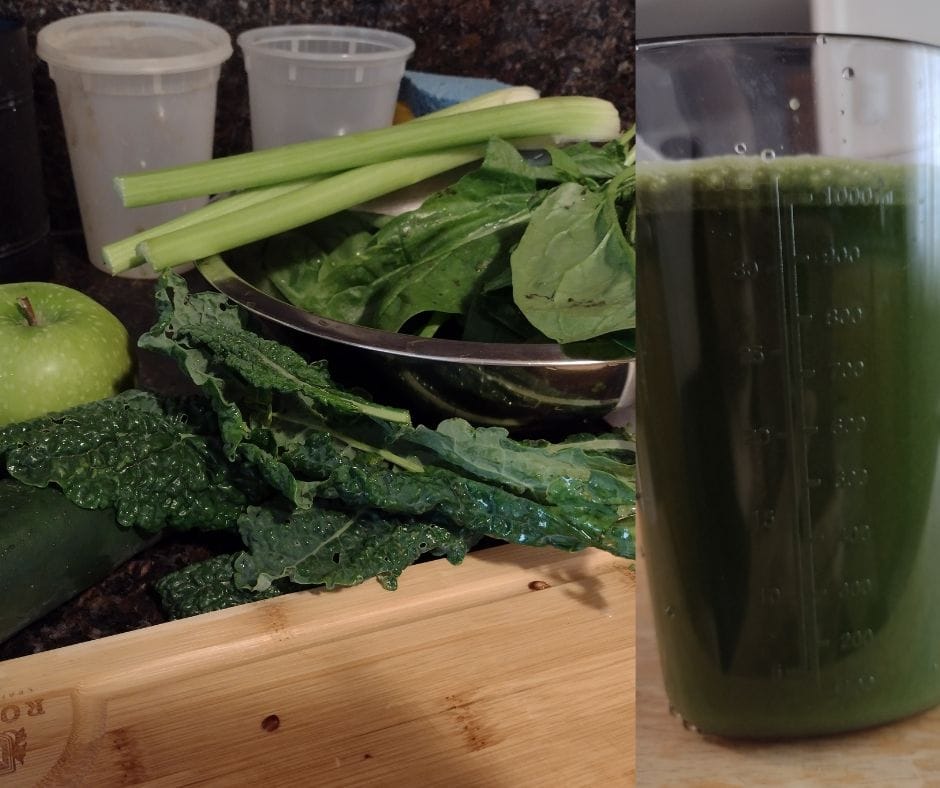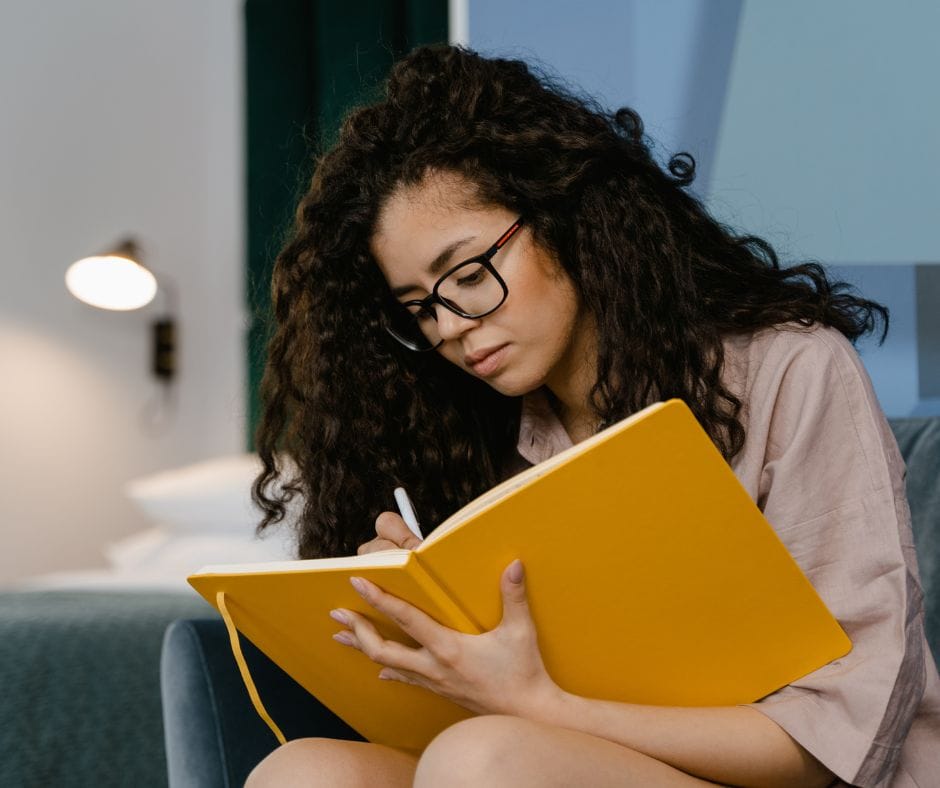I’ve given a lot of mindset tips over the last few weeks regarding approaching clinic and your optometric education. Today, let’s talk about actual exam skills.
The last few years, it’s not an uncommon occurrence when a patient or a student makes a comment regarding my BIO “dance”. I always laugh and smile and say it’s all because of my years of doing yoga. It’s really hard for me to explain it, but my BIO flow involves a combination of slow movements, scanning in combination with lens tilting, and directing patient gazes that makes it work.
And it all evolved because of a couple of things. First, I remember that as a student, I continually got myself confused when I switched eyes in between scans. For example, doing all superior gazes of both eyes first, then all horizontal views, then all inferior views. My mind just couldn’t keep track of where lesions were. So rather than try to fight that, I learned that for me, scanning one eye at a time and recording those lesions first before going to the other minimized the chance of my recording a lesion in the incorrect eye.
Second, I quickly got very tired of the inefficiency with standing up and sitting down at a stool, adjusting its height every time I needed to get a new quadrant view. So my entire “routine” now is done standing with the patient seated and the seat usually all the way to the floor rather than raised to any height at all. Sometimes that means I’m tiptoeing a bit if a patient is particularly tall, or having that patient tilt their head ever so slightly inferior so I can sweep further out. For smaller kids, sometimes that means having the child stand on the edge of the chair and sometimes it means raising the chair so I’m more comfortable doing my sweep rather than crouching down as much.
Third, when I scan, my goal is to make a continuous sweep from the edge of the posterior pole at the level of the arcades all the way out to the periphery and sweep back in. To make sure I don’t minimize the chance of missing any peripheral findings, rather than doing a straight line sweep from arcades to periphery, I’ll make more of a flower petal shape coming back, moving my head a little bit so that the return sweep is covers new retina or overlaps slightly what had already been covered.
Fourth, I keep my light beam on its medium size setting and I use a good amount of light. Don’t think you’re being nice by using a dim light setting on your patients just to make sure they’re uncomfortable. Your job is to make sure their eyes are healthy and you don’t want to miss any subtle findings. On the flip side, don’t make the light so bright that they’re noticeably trying to squeeze their lids tight every time you approach their pupils with that light. I don’t like to fiddle with the light beam settings once the BIO is on my head and over the years, I’ve just found that a lot of glare is minimized simply by using the medium sized beam. And even if I have to use a brighter light, since I’m sweeping relatively quickly for my peripheral views and not lingering in any one spot too long, most patients are able to tolerate the time spent performing BIO.
Fifth, pay attention to where your beam and the patient gaze are and try to keep this as straight a line as possible. This ensures I’m getting the exact views I want. Simple in theory, but it took awhile for that to really lock in for me. It took an attending pointing out that while I had asked a patient to look superiorly, I was off to one side of a patient so my view was not the straight superior gaze I thought I was getting.
Lastly, keep practicing and keep adjusting. I know I spent many hours in pre-clinic practicing with classmates before we were ever in clinic and I still knew I had a ways to go. Have your attendings watch your BIO flow and give you feedback too. This is NOT an easy skill to master and it took a couple years of patient care to honestly feel like I wasn’t going to miss any major findings. And if your attending does point something out to you that you missed on your exam? Do NOT take it personally. Put your BIO back on after they leave and look for what you missed. After the patient has left, figure out how you can get to that spot in your next patient and patient after that consistently. You’re calibrating your sensitivity to spotting what’s normal and abnormal as well as learning how you need to move or place your hands and light in just the right spot so everything comes together for that perfect view. And just because what I shared with you today works for me doesn’t mean it has to work for you. Play with it. Have fun while you’re practicing.
We’ll talk about troubleshooting for the not so straightforward patient another time. Happy practicing!






